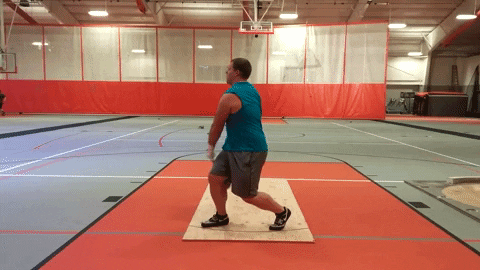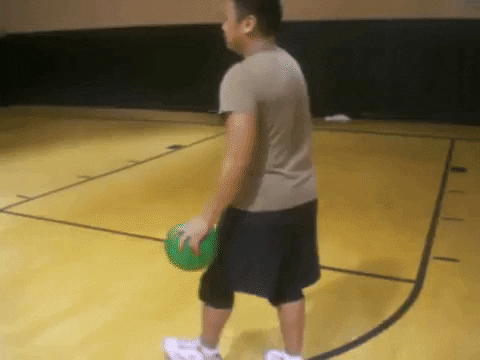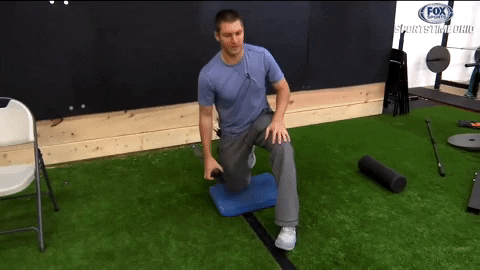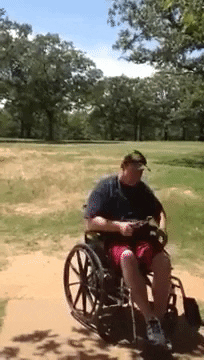When you throw a javelin or ball, do you just let your off shoulder follow along?
Or do you use it somehow to help setup/leverage the throw more efficiently?
I don't believe that motor skills just happen, they must be learned one way or another.
Backstroke with the off arm sets up the lead arm swing.

Our bodies are really really smart.
However, lets make sure were stating this as a generalism. Some people just don't have the background in biomechanics to do some things naturally. ALA, "I spent my childhood swiping on a tablet and watching youtube video's of people playing minecraft" and now they are 18 and have 0 motor skills.
I digress. (that study they did was pretty crazy though)
The body will naturally try and keep itself in check. And I think Jaani's point is that we should always try and let the body do what it does if all possible. And only when the body really has no idea how to actually do that due to low cognitive function or just piss poor motor skills due to your background in life, only then should we try and force the function vs let the function fall naturally.
When we talk about throwing a ball or whatever the other things are, we are not thinking about anything but throwing it.
Now, depending on your background will depend on how well you gonna throw something like that. Because as a child and.. well also as an adult i've thrown, hucked, chucked, smucked, wacked, smacked and all of the above on any object I could over my life time. Cause.. Well. If I go to a river all things must go back into the river.
I played sports. I developed skills over time doing all those things. I'm not just walking out and throwing a javelin.
Crap, I'm getting way off track.
lets think about it like this. People who've been busy bodies generally have some sort of ability to try and correctly counter movements in their body though other actions.
Other people dont.
But in cases lets say of the off arm.
Most people screw up the off arm because they are trying to do something with the off arm vs just letting it hang loose to their side and naturally counter the rotation. Our body will que it to counter, we dont have to make a "swimming motion" to get it to counter.
But we can visibly see that the motion takes place naturally.
Point being, we need to set our bodies up into correct positions so that the body will auto pilot the correct movements for maximum power automagically.
When we focus to much energy on to many things we cannot focus on just being as natural and loose as possible, which is the key to explosive movements.
I'm not saying that things like the swim move have no place, because someone might not naturally have body counter mechanics. and then we want to add that step in for them.
I've spoke to Jaani quite a bit and sat down and just re-thought everything. My state of mind about disc golf, my mentality towards the subject of coaching, my idea's and philosophy of where things should go and need to go. And I got caught in the trap of my mind wanting to know EVERYTHING. And I still do, but now I'm back in control of it.
I think as coaches its important for us to be educated on a crazy level so we can help others and understand things from a deep perspective and the simplest of perspectives.
I spent to much time trying to over complicate things in my head, over analyze my own form and others.
And, well. We, as in us here and others on the internet, we.. We over complicate everything way to much.
Simplicity is important. Add complicated stuff when you need to. Otherwise let the body be as natural as possible and suddenly were back to something tangible. No secret moves, no hidden messages of whatever.
If the body isn't falling into place when coaching, step back and make sure the base is good, make sure you go over whats going on. get people into a position to succeed naturally as best you can. Use drills like swim move and other things to help them feel the correct positions or natural motions. Don't teach them as a necessity to be successful. Teach people to let their bodies sing and dance.




